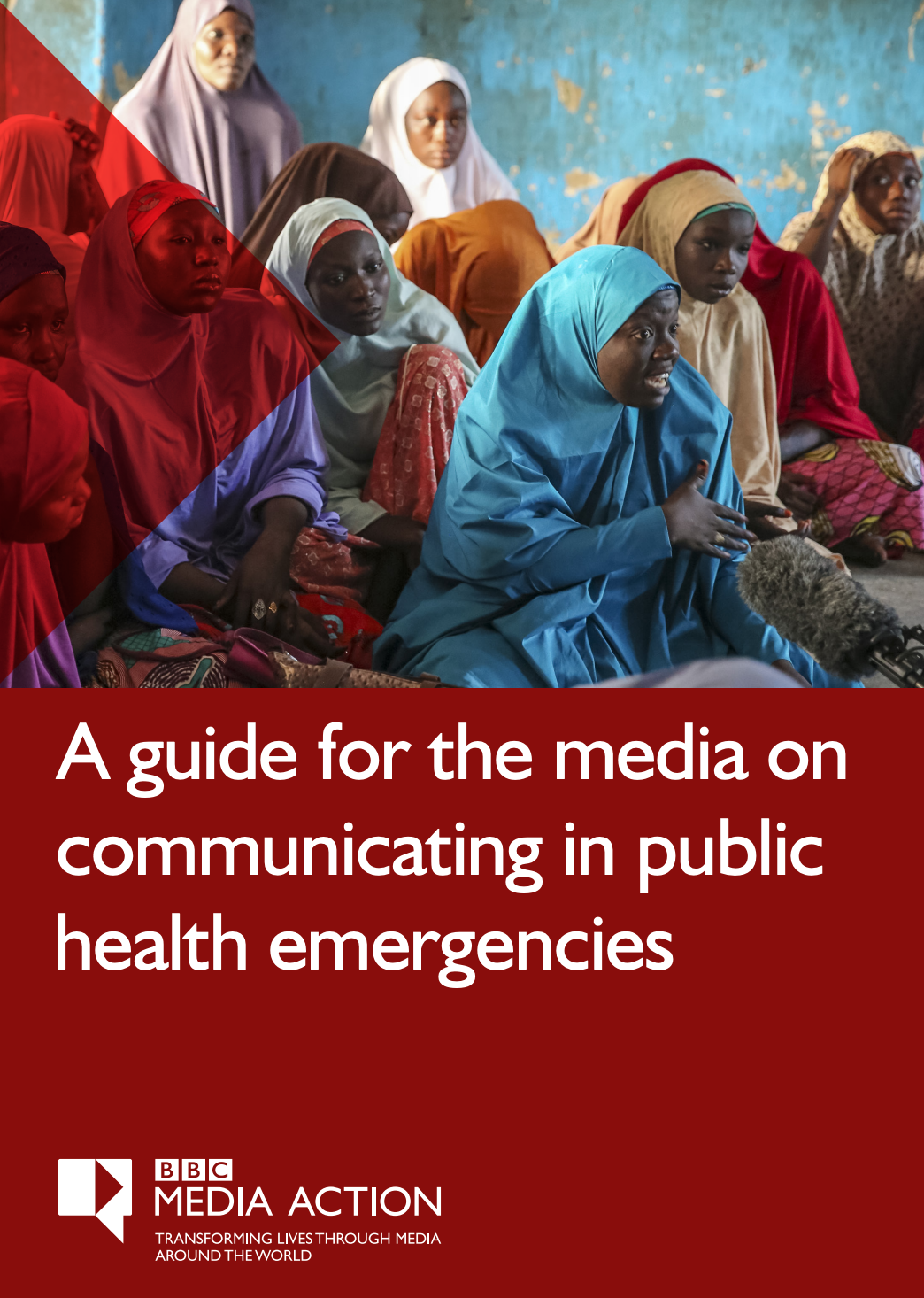A guide for the media on communicating in public health emergencies

In a health crisis, the media has the power to save lives. Effective communication can help to prevent or reduce the spread of disease, and guide those affected towards health services and treatment.
This manual provides tips for media practitioners on how to help audiences during health emergencies. It was created by BBC Media Action for the International Federation of Red Cross and Red Crescent Societies in the framework of the Community Epidemic and Pandemic Preparedness Programme. BBC Media Action offers additional manuals for humanitarians on working with broadcasters and on media programming for communities affected by humanitarian crises on its website.
French
Arabic
Bahasa
Swahili
Russian
Ukrainian
Georgian
Romanian
Azeri
Armenian
Originally published on IFRC
